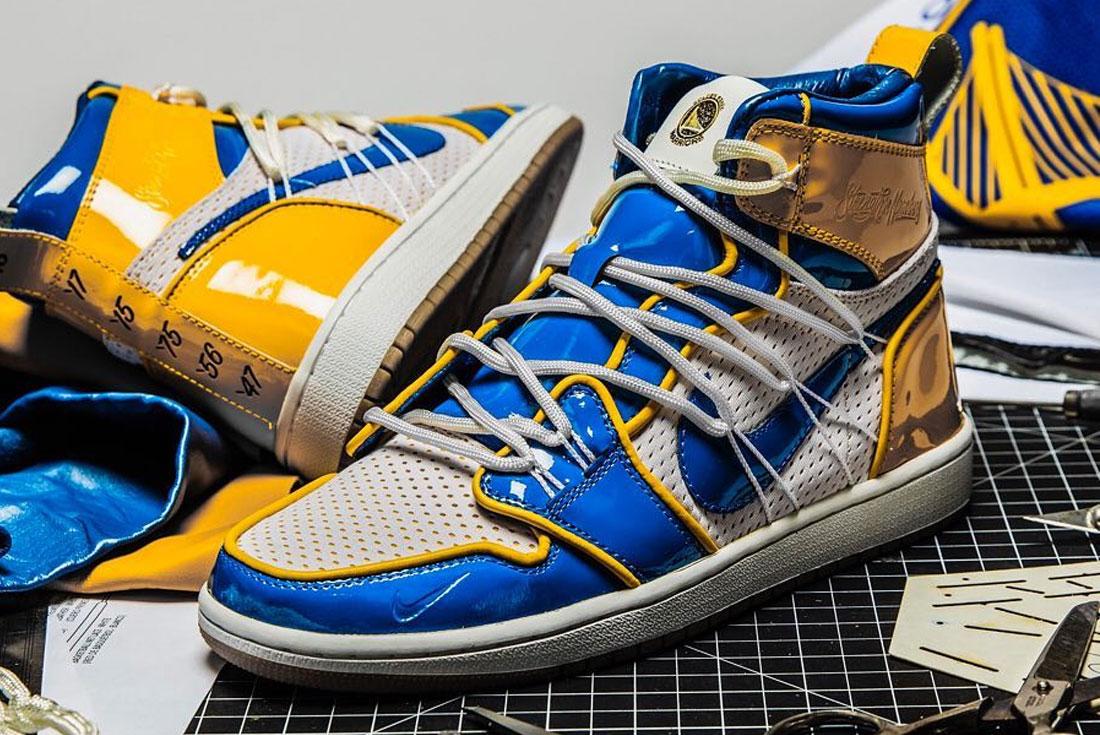Forget the Runway – The NBA Tunnel is the Real MVP
‘They’re targeting my generation – the hip hop generation’.
It was 2005, and Allen Iverson was responding to the NBA dress code enforced by the commissioner, David Stern. For many, including the now Hall of Fame 76er Iverson, the dress code was a direct attack on basketball’s heart and soul, the slow erosion and sanitisation of the hip hop culture to which basketball had become inextricably tied.
But Stern’s decision to implement a league-wide dress code also had unexpected repercussions, accelerating basketball’s relationship to the runway, and the sartorial mashup of high fashion and hip hop that we now see on a nightly basis. In 2019, the NBA tunnel has inadvertently become one of earth’s most important pseudo-runways and, when paired with Adam Silver’s revised sneaker laws, now sits at the forefront of Grail culture.
Forget Paris – this is Karl-Anthony Towns in the custom ‘Love Trumps Hate’. It’s in the , and in Jun Takahashi.
It’s the NBA tunnel: the real sneaker MVP.

